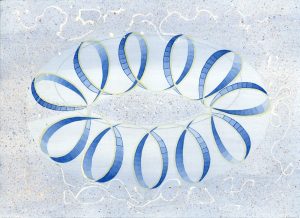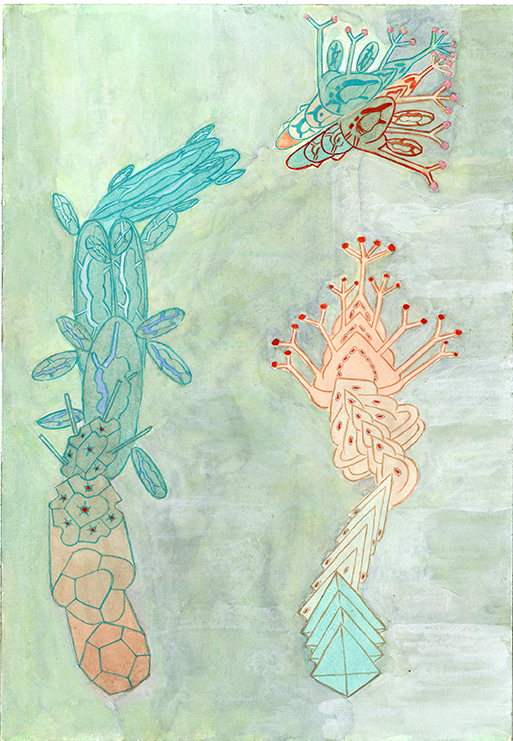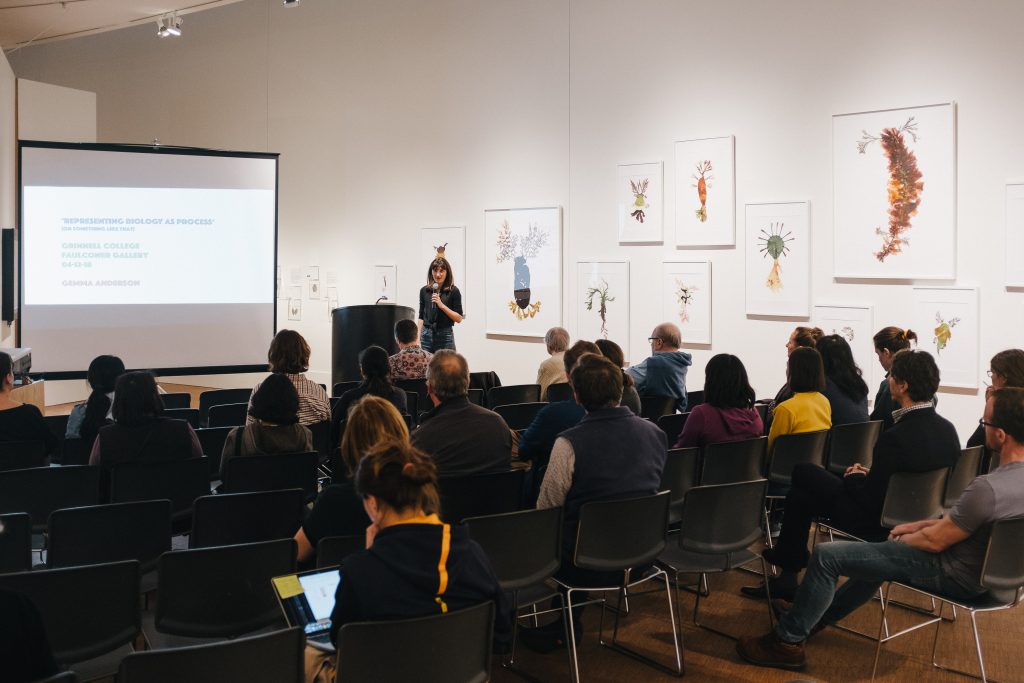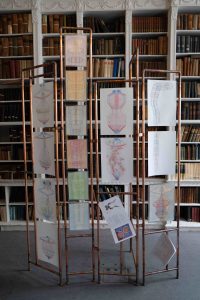Wenn es darum geht, die perfekte Hülle für Ihr neues iPhone 16 Pro zu finden, kann es schnell verwirrend werden. Mit so vielen Optionen auf dem Markt ist es wichtig, die richtige Entscheidung zu treffen, um sowohl Stil als auch Schutz zu gewährleisten. In diesem Artikel werden wir Ihnen helfen, die besten iPhone 16 Pro Hüllen zu finden und wichtige Faktoren zu berücksichtigen.
Materialien und Stil
Die Wahl des Materials Ihrer Handytasche ist entscheidend für sowohl das Aussehen als auch den Schutz Ihres Geräts. Einige der beliebtesten Materialien sind:
– **Silikon**: Silikonhüllen sind bekannt für ihre Flexibilität und Schutzfunktionen. Sie bieten eine gute Schutzschicht, die Ecken und Kanten vor Knacksen und Kratzern schützt.
– **Kunststoff**: Kunststoffhüllen sind leichter und können in verschiedenen Farben und Designs erhältlich sein. Sie bieten einen guten allgemeinen Schutz, ohne das Design des Geräts zu verändern.
– **Metall**: Metallhüllen sind sowohl stilvoll als auch robust. Sie bieten einen hochwertigen Look und zusätzlichen Schutz gegen Ausfälle.
Beim Stil sollten Sie sicherstellen, dass die Hülle Ihren persönlichen Vorlieben entspricht, ob Sie nun etwas Klassisches oder etwas Modernes bevorzugen. Es gibt viele verschiedene Designs, von minimalistischen bis hin zu farbenfrohen Musterungen.
Kompatibilität und Zusatzfunktionen
Ein weiterer wichtiger Aspekt bei der Auswahl einer neuen iphone 16 pro hülle ist die Kompatibilität mit anderen Accessoires und Zusatzfunktionen. Viele Hüllen bieten jetzt integrierte Standfunktionen, Ladeadapterpassungen und sogar integrierte Kreditkartenfächer.
**Zusatzfunktionen**:
– **Integrierter Stand**: Ideal für Videoanrufe und das Ansehen von Videos.
– **Ladepassungen**: Die Möglichkeit, das Gerät ohne Entfernen der Hülle zu laden.
– **Kreditkartenfächern**: Praktisch für kurze Ausflüge und die Verwendung als Brieftasche.
Sicherstellen Sie, dass die Hülle, die Sie auswählen, alle Funktionen Ihres iPhones unversehrt lässt und nicht dazu führt, dass Sie bestimmte Features nicht nutzen können.
Bewertungen und Preis-Leistungs-Verhältnis
Schließlich ist es wichtig, Bewertungen anderer Kunden zu lesen und das Preis-Leistungs-Verhältnis zu berücksichtigen. Manche hochwertige Marken wie Otterbox oder Spigen bieten zwar mehr Schutz, aber sie können auch teurer sein. Es gibt jedoch auch viele preisgünstige Optionen, die immer noch eine gute Balance zwischen Schutz und Stil bieten.
Im Allgemeinen ist es ratsam, auf Qualität zu setzen, anstatt nur auf den niedrigsten Preis zu achten. Eine gute Hülle kann Ihrem Gerät viele Jahre lang Schutz bieten und das Geld wert sein, das Sie dafür ausgeben.
Durch die Berücksichtigung dieser Faktoren – Materialien, Stil, Kompatibilität, Zusatzfunktionen, Bewertungen und Preis-Leistungs-Verhältnis – sollten Sie in der Lage sein, die beste iPhone 16 Pro Hülle für Ihre Bedürfnisse zu finden. Nutzen Sie diese Tipps, um sich auf Ihrem Weg zur perfekten Hülle zu führen.










 .
. Process Biology: Final Conference of the ERC Project
Process Biology: Final Conference of the ERC Project